OnPage SEO Services
Best OnPage SEO Services From Top-Rated SEO Experts In Canada
Brand Magnet Technologies is the best On-Page SEO services company in Canada. Our team of experienced SEO professionals specializes in delivering exceptional on-page SEO services to clients across various industries.
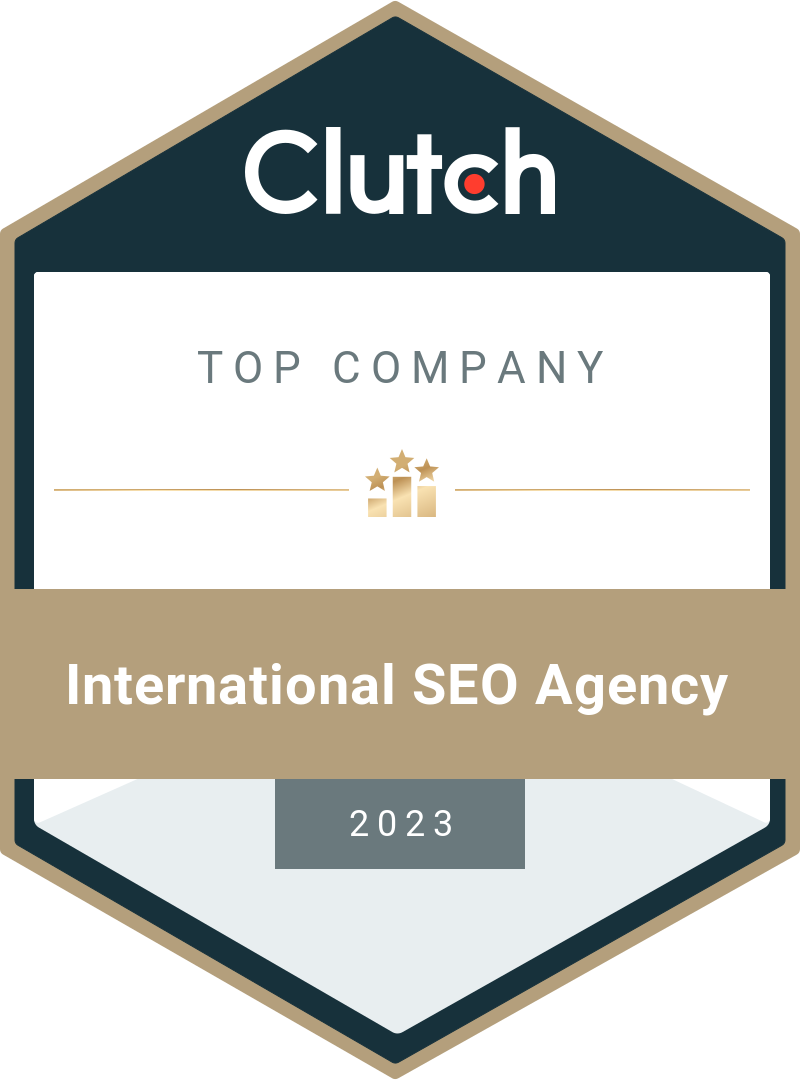
AS SEEN ON






Our Agency Clients
Check out some of the precious clients we have helped with Digital Marketing and Website Development Services.






What Is OnPage SEO?
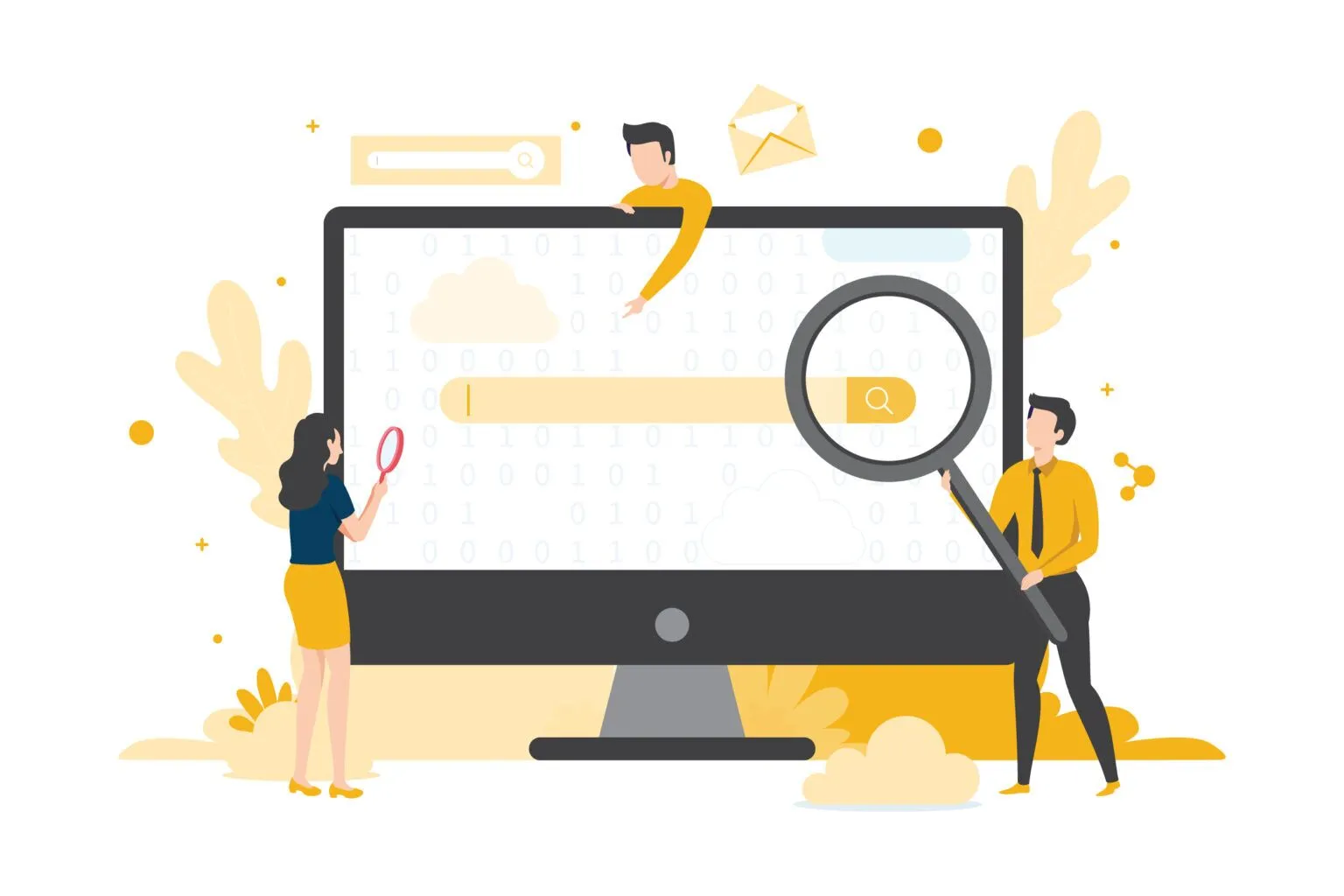
What Is Included In On-Page SEO Services?
Key On-Page SEO factors include using descriptive, keyword-rich titles and meta descriptions, incorporating header tags to organize content, and optimizing images and videos with descriptive alt tags. By implementing these strategies, businesses and website owners can enhance their website’s visibility, attract more organic traffic, and increase their chances of ranking higher in SERPs.
Our On-Page SEO Services Include: –
Higher Intent Keyword Research That Has Less Competition and High Search Volume
Meta Tags For Better CTR
Sitemap Creation for Users and Search Engines
Internal Linking to Improve Website Structure and Faster Crawling
Heading Tags Optimization
Alt Text Optimization
Website SEO Audit (UI, UX, CTA, Bounce Rate)
Robots File Set Up and Optimization
Anchor Text Optimization
Content Optimization
Blog Audit
Tracking Set Up (Analytics and Search Console)
OnPage SEO Services Overview
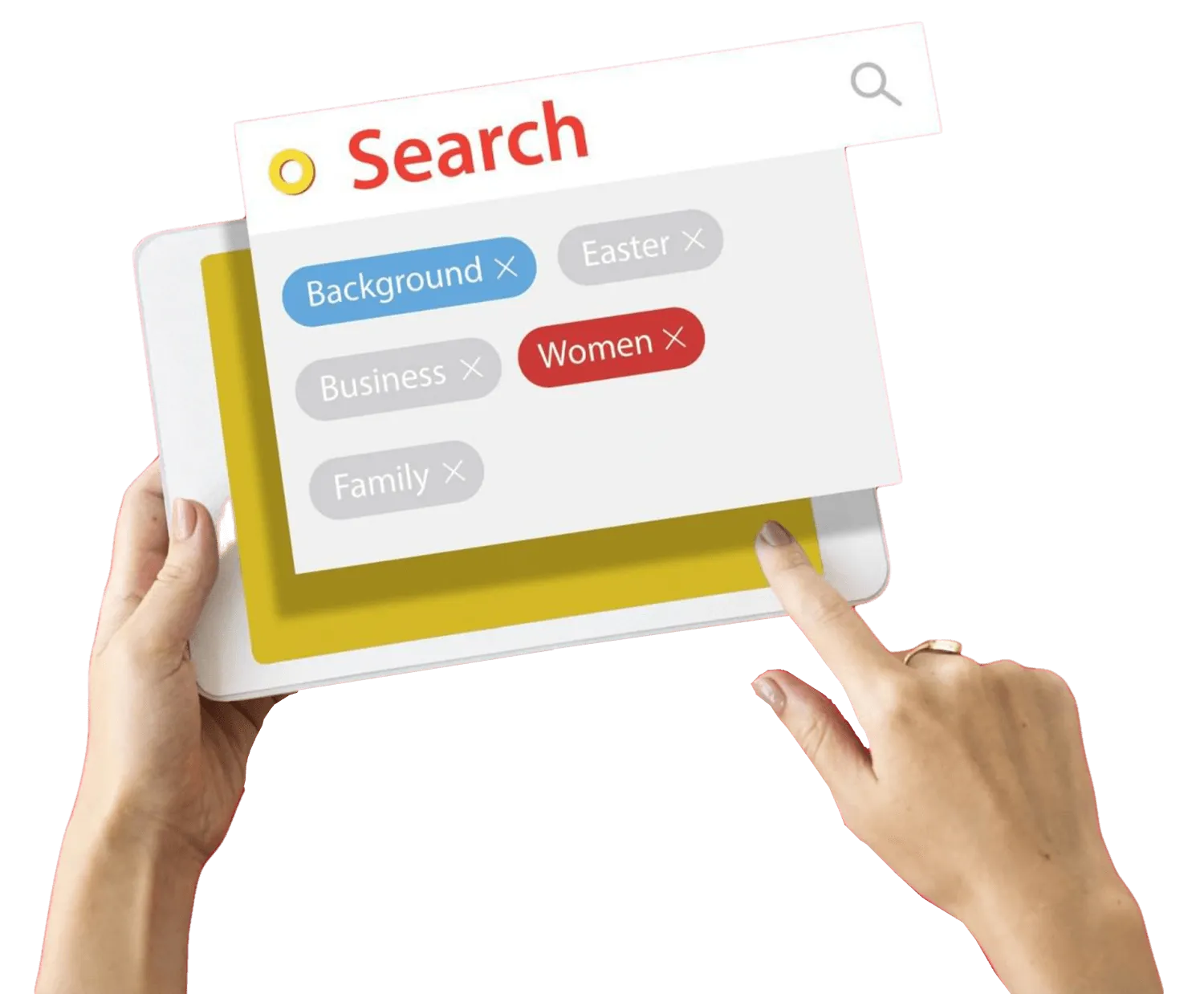
Keyword Research
Importance Of Keyword Research In SEO
Keyword Research Is Crucial In SEO Because
It helps in understanding the search behavior of the target audience.
It provides insights into the competition and helps identify gaps in the market.
It helps in optimizing the website’s content, making it more relevant to search queries.
It helps in improving the website’s ranking on SERPs, increasing the visibility of the website.
How Do We Do Keyword Research
Identify the target audience and understand their search behavior.
Brainstorm a list of keywords that are relevant to the website’s content.
Analyze the competition and identify the gaps in the market.
Use keyword research tools to expand the list of keywords and identify the search volume and competition level for each keyword.
Select the keywords that have a high search volume and low competition level.
Use the selected keywords in the website’s content, title tags, meta descriptions, and URLs.
Tools We Use For Keyword Research In SEO
Google Keyword Planner
Ubersuggest
Ahrefs Keywords Explorer
Keyword Tool
SEMrush Keyword Magic Tool
Serpstat
Moz Keyword Explorer
SpyFu
Meta Tag Optimization

Importance Of Meta Tags
How Do We Write SEO-Friendly Meta Tags
Write unique and descriptive titles: The page title should be clear, concise, and accurately reflect the content. It should include the primary keyword and be no longer than 60 characters to ensure optimal display in search engine results.
Write a compelling meta description: The meta description should summarize the page’s content concisely, include the primary keyword, and be within 155 characters. It should be engaging and enticing to encourage users to click through to the website.
Use relevant keywords: Incorporate relevant keywords naturally in both the title and meta description tags. Ensure the keywords accurately reflect the page’s content and align with what users are searching for.
Avoid duplicating meta tags: Ensure each page on the website has unique meta tags to prevent duplication. This helps search engines accurately understand and rank the content of each page.
Use schema markup: Schema markup is structured data that offers search engines extra information about a web page’s content. It can be used to display details like product reviews, prices, ratings, and more, enhancing visibility in search results.
Sitemap
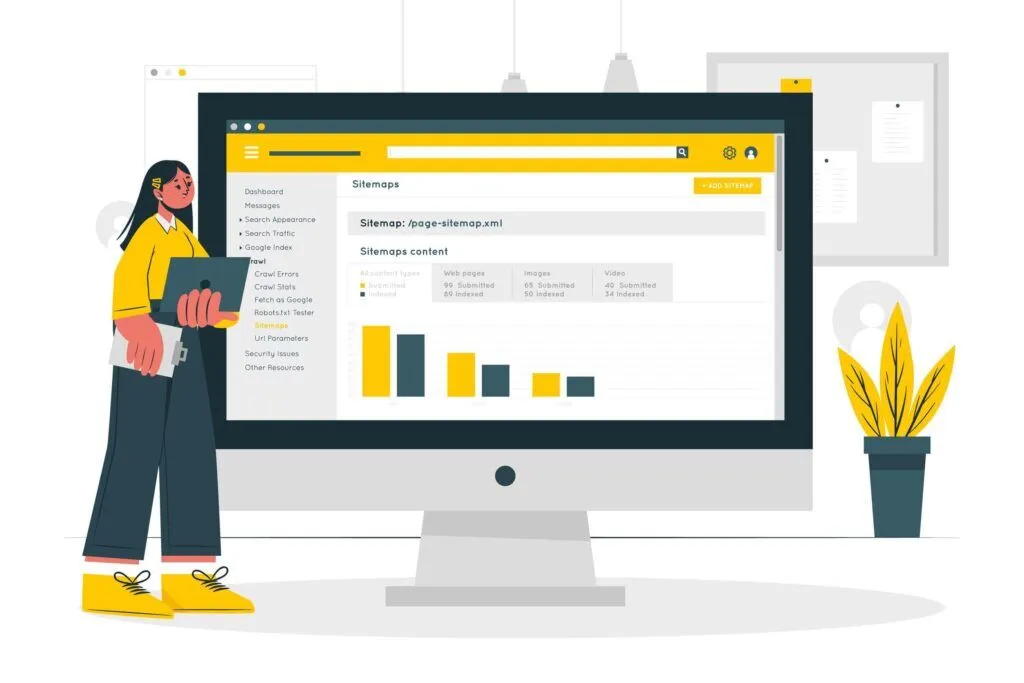

Robots File Optimization
How Do We Optimize Your Robots.Txt File?
Use a robots.txt file: The first step in optimizing a robots.txt file is ensuring that one exists. Without it, search engine crawlers may crawl all pages, including those that are irrelevant or should not be indexed, potentially impacting SEO performance.
Specify which pages to crawl: Use the “Disallow” directive to specify pages or directories that should not be crawled by search engines. This can include pages with duplicate content, low-quality material, or irrelevant topics. For example, you may want to disallow crawlers from accessing an “admin” directory containing sensitive information.
Allow access to important pages: Ensure the robots.txt file allows search engines to crawl important pages on your website. Use the “Allow” directive to specify which pages or directories should be crawled, such as your homepage, product pages, or blog. This ensures that search engines can index your valuable content.
Use wildcards: Use wildcards to specify a pattern of pages or directories that should be disallowed or allowed. For example, you can use the “*” wildcard to specify all pages in a directory or all directories that contain a certain keyword.
Test the robots.txt file: Make sure to test the robots.txt file using Google Search Console or another testing tool to ensure that it is properly configured and that search engines can crawl the important pages on your website.
Heading Tag Optimization
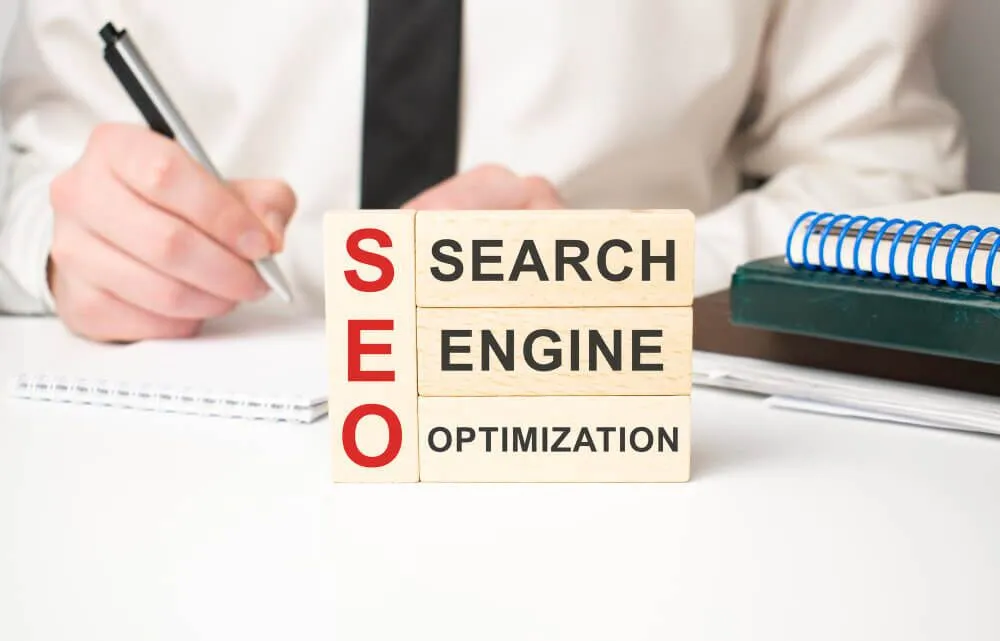
Here Is How We Optimize Your Website’s Headings For Better SEO
Use H1 tag for main headings: The H1 tag should be reserved for the main heading of the webpage and should incorporate the primary keyword the page is targeting. This helps search engines grasp the page’s topic, enhancing its relevance and potential ranking.
Use H2-H6 tags for subheadings: Use the H2 tag for the first subheading, and follow with H3, H4, and so on for subsequent subheadings in order of importance. This establishes a clear content hierarchy and helps search engines understand the relationships between different sections.
Keep headings concise and descriptive: Headings should be clear, concise, and accurately reflect the content that follows. They should be relevant to the page’s topic and incorporate important keywords where appropriate. Avoid using generic or vague headings that fail to describe the content effectively.
Use CSS styling instead of font size for headings: Instead of using larger font sizes to indicate headings, use CSS styling to style the heading tags. This helps maintain consistency in the appearance of the headings and avoids potential issues with accessibility and mobile responsiveness.
Avoid overusing headings: While headings can improve the readability and SEO of a webpage, overusing them can be counterproductive. Use headings only when appropriate and avoid using multiple H1 tags on a single webpage.

Alt Text Optimization
Here Is How We Optimize Your Images For Better SEO
Use descriptive text: The alt text should accurately describe the content of the image. Use clear and concise language to describe the image, including any relevant keywords that are related to the content of the webpage.
Keep it concise: The alt text should be concise and to the point. Avoid using long or overly descriptive sentences that may not accurately describe the content of the image.
Use relevant keywords: Incorporate relevant keywords into the alt text when appropriate, but avoid keyword stuffing. Only use keywords that accurately describe the content of the image.
Be mindful of context: The alt text should be contextually relevant to the content of the webpage. Avoid using generic or irrelevant text that does not accurately describe the content of the image.
Don’t leave it blank: Always include alt text for every image on the webpage, even if it is a decorative image or a spacer. Leaving the alt text blank can negatively impact the accessibility of the webpage.
Use proper formatting: Use proper formattings, such as capitalization and punctuation, to make the alt text easier to read and understand.
Content Optimization
What do we do to optimize your website’s content for better SEO?
Conduct keyword research: Keyword research is the cornerstone of content optimization. By identifying relevant keywords your target audience uses to search for your product or service, you can effectively integrate them into your content.
Create high-quality content: Creating high-quality, informative, and engaging content is key for SEO. Make sure your content is original, thoroughly researched, and offers value to your audience.
Optimize headings: Use descriptive and relevant headings (H1, H2, H3) that include your primary keywords to help search engines understand the structure of your content.
Use internal and external links: Use internal links to help search engines understand the relationship between different pages on your website. Use external links to authoritative sources to provide additional context and value to your audience.
Optimize meta tags: Meta tags, including title tags and meta descriptions, provide a brief summary of the content on a webpage. Use descriptive and keyword-rich meta tags to help search engines understand the content of your page.
Use multimedia: Incorporate images, videos, and other multimedia elements into your content to make it more engaging and visually appealing. Make sure to use alt text for all images to improve accessibility and SEO.
Ensure readability: Make your content easy to read by using short paragraphs, bullet points, and clear language. Tools like Grammarly or Hemingway Editor can help check grammar and readability.
Update content regularly: Keep your content fresh by regularly updating it with new information, statistics, or insights.
Internal Linking Optimization

Improves website navigation and user experience: Internal linking enhances website navigation, allowing users to easily find relevant content. By linking to related pages, users are more likely to stay longer and explore more, boosting engagement and improving the overall user experience.
Distributes link equity: Link equity is the value transferred between pages through links. Internal linking helps distribute link equity across a website, enhancing the ranking potential of individual pages and boosting the overall domain authority.
Enhances keyword relevancy: Internal linking helps establish keyword relevancy by linking pages together that are thematically related. By linking to pages with relevant keywords, search engines can better understand the topics and keywords associated with a website.
Increases page authority: Internal linking boosts the authority of lower-authority pages by passing link equity from high-authority pages. This helps improve the ranking potential of those pages by benefiting from the higher authority of linked pages.
How Do We Optimize Websites For Better On-Page SEO Scores?
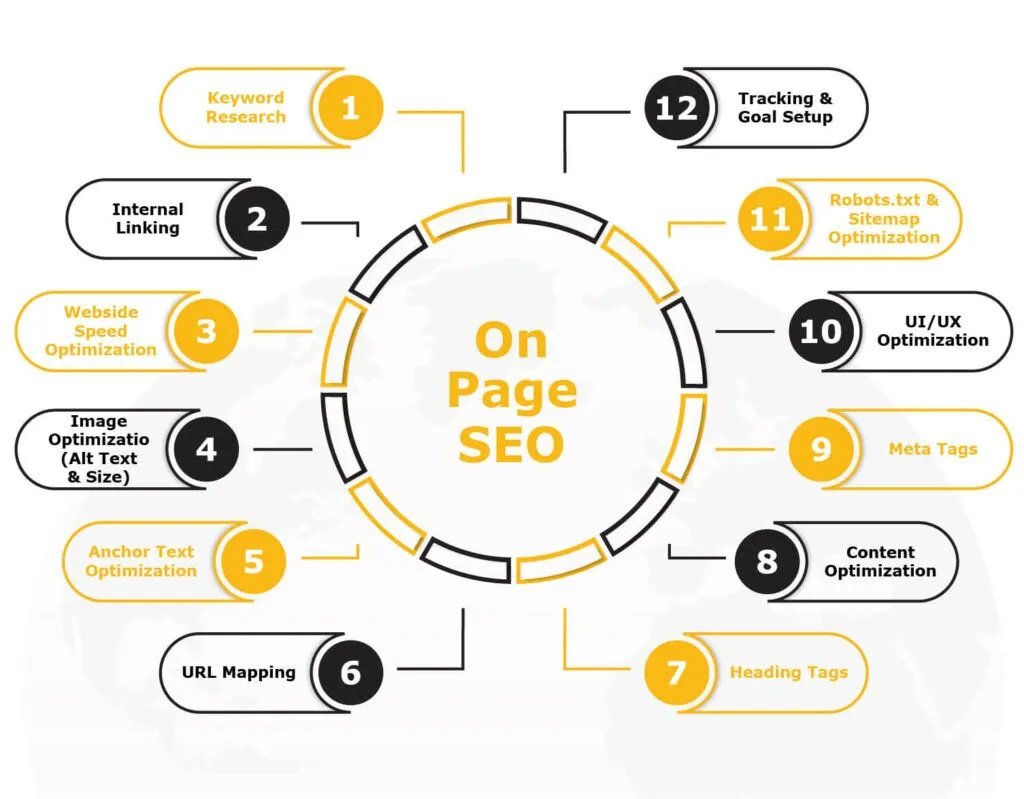
Why On-Page SEO Is Important?
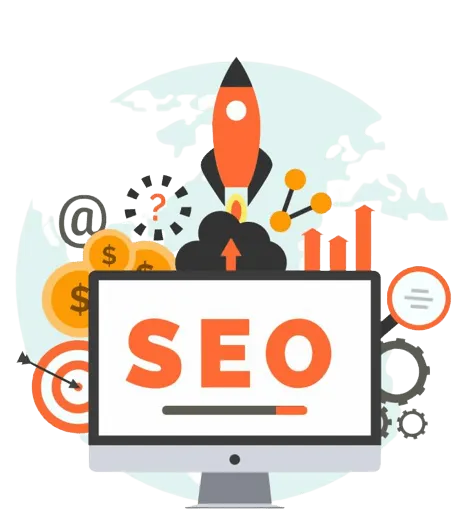
Why Brand Magnet Technologies For Best On-Page SEO Services?
Here Are Some Frequently Asked Questions About On-Page SEO
What is on-page SEO?
On-page SEO is the practice of optimizing individual web pages to rank higher and earn more relevant traffic in search engines. It involves optimizing various on-page elements such as content, headings, meta tags, images, internal links, and URL structure to improve search engine visibility.
What are the key elements of on-page SEO?
The key elements of on-page SEO include keyword research, high-quality and relevant content, optimized headings and subheadings, meta tags optimization, internal linking, image optimization, user-friendly URL structure, mobile-friendliness, page speed, and proper use of schema markup.
How does on-page SEO differ from off-page SEO?
On-page SEO focuses on optimizing individual web pages on a website, whereas off-page SEO focuses on optimizing external factors such as backlinks, social media presence, and other factors that are not directly related to the website itself.
What are some best practices for on-page SEO?
Some best practices for on-page SEO include conducting thorough keyword research, creating high-quality and relevant content, using descriptive and optimized headings, optimizing meta tags, using internal links, optimizing images, using mobile-friendly designs, and improving page speed.
Why is on-page SEO important?
On-page SEO is important because it helps search engines understand the content and relevance of web pages, which helps them rank higher in search engine results pages (SERPs). By optimizing on-page elements, websites can improve their search engine visibility, attract more relevant traffic, and improve user engagement and conversions.
